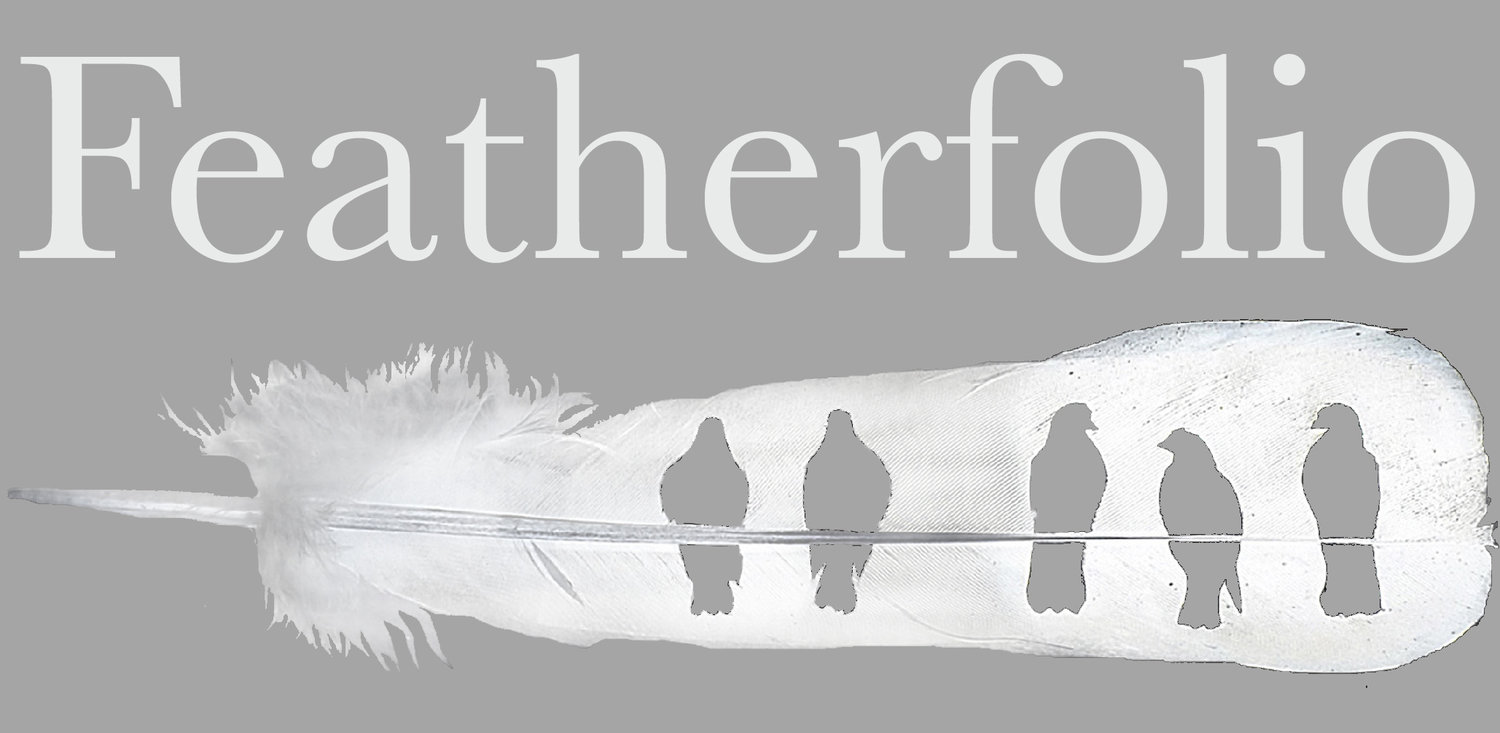Birds are what they eat. What birds eat while growing feathers contain isotopes, trackable portions of hydrogen, carbon, and nitrogen which vary in predictable patterns around the world. Enter feather analysis.
Finding the chemical isotopes in a feather can tell approximately where a feather grew and what the bird ate.
This is a new way to learn more about birds because chemically analyzing feathers is easier than banding birds. Though scientists discover information about a bird’s exact location and time by banding, they have to catch a huge number of birds since only a very small portion of the bands are recovered. It is an inefficient process yielding only limited information: where and when the bird was recaptured.
Placing small electronic radio signal devices on birds can tell us more such as exactly where the bird travelled and, depending on the device, data like temperatures along the way. However, these devices are expensive, don’t work well on small birds as their batteries have to be lighter, don’t have much range, and soon expire.
Collecting fallen, shed feathers is much easier than capturing live birds and it is kind to the birds. The information gained from isotope analysis is not specific to an exact location but more generally associated with a region. Since feathers grow in a very short time, the isotopic content of a feather will reveal the bird’s diet when the feather grew, and therefore the area where the feather developed.
https://www.aba.org/birding/v36n2p142.pdf general information about feather isotope analysis from the American Birding Association
http://isomap.rcac.purdue.edu:8080/gridsphere/gridsphere This university site is a good place to begin if you want to delve into the technical aspects of how it works and think about using it as a tool.
http://sirfer.utah.edu/tour.html The University of Utah provides training in isotope analysis, lab analysis, and more information through their programs and websites.
